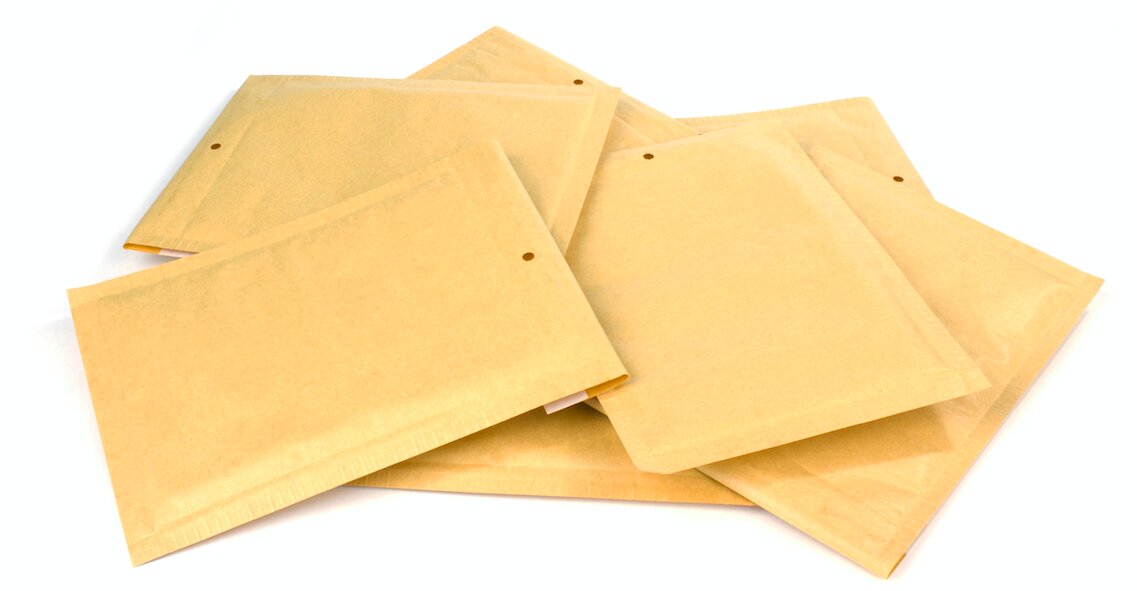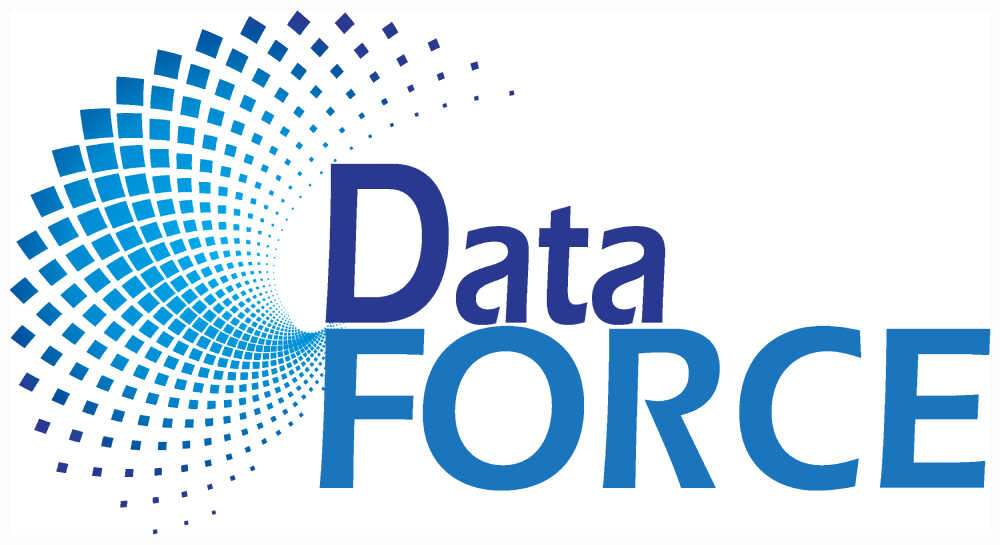
Mail Surveys are widely used in research for data collection. However, unlike telephone or interview, researchers don’t have direct contact with participants. To increase response rates for mail surveys, different techniques have been proven to work, including pre-notification mailings, reminders, incentives, and multimodal strategies. But how about the appearance of the mailings? Studies on the effects of outgoing envelopes have focused on the following factors: personalization (Byrom & Bennison, 2000; Kahle & Sales, 1978; Tullar et al., 2004), supporting group ( Asch & Christakis, 1994; Elkind, Tryon, & Devito, 1986; Houstone & Nevin, 1977), type of postage (Brook, 1978; Hensley, 1974; McCrohan & Lowe, 1981, envelope teaser, or a short message on the envelopes (Dommeyer, Elganayan, & Umans, 1991), and finally if envelope size affect response rate (Halpern, Ubel, Berlin, & Asch, 2002).
In 2002, the study “Randomized Trial of $5 Versus $10 Monetary Incentives, Envelope Size, and Candy to Increase Physician Response Rates to Mailed Questionnaires” was done to assess three strategies to increase response rates to mailed physician surveys:
- Include 10 dollars instead of 5 dollars cash incentive in the initial mailing
- Include a mint candy or not
- Use a large instead of a small outgoing envelope.
Findings showed that the response rate was not influenced by the inclusion of a mint or the use of a large envelope.
However, findings from new research published in March 2019 contrasts with the importance of envelope size from the study in 2002:
The research evaluated the effectiveness of three postal strategies on response rates as part of a large-scale, longitudinal examination of patient-reported outcomes of service members injured on deployment:
(1) mailing a study prenotification postcard
(2) including a small cash pre-incentive ($2)
(3) mailing the survey invitation in a larger envelope
Results:
Findings showed that the use of a larger envelope to mail the survey invitation increased the response rate by approximately 53.1% (19.9% for large envelopes compared to 13.0% for small envelopes) when rivaled with the same content sent in a standard envelope.
Why the difference in the result between the two studies?
According to the 2019 study researchers, the contrast between the studies may be because of the differences in the study populations, the seeming importance of the survey itself, or the fact that the 2002 study contained a four-page questionnaire.
Does it mean bigger is better?
Dillman’s Total Design Method specifically favors standard business envelopes compared to unusual (e.g., large) envelopes. However, Dillman’s method includes the actual paper survey in the mailing, and subsequently, larger envelopes hint the mailing contains a particularly lengthy or troublesome survey. In the 2019 study, the larger envelopes were slim and included only one invitational letter to an online survey, limiting the likelihood the recipient would make similar assumptions.
The 2019 envelope size strategy includes:
- Envelopes with a full-color preprinted logo and return address in the upper left-hand corner, for which the cost of larger envelopes was higher than standard #10 envelopes ($0.38 and $0.24, respectively).
- The first-class postage cost for the large envelope was twice that of the smaller (standard) envelope ($0.98 vs. $0.49, respectively), resulting in an increased envelope and postage cost of $0.63 per envelope for the larger envelopes ($1.36 vs. $0.73 per mailed envelope, respectively).
The increase in cost for the larger envelopes and upgrade in postages was reasonably minimal considering the increase in response rate attained by using the larger envelopes.
CONCLUSION
The 2019 study demonstrates that in some instances, merely using larger envelopes, or increasing the visibility of mail survey material, can be more effective in increasing response rates than sending pre-notification or offering incentives. Correspondingly, in decision making, researchers should endeavor to discover the right balance in the cost of participant materials to the resources and requirements of their research.
For more information on mail surveys or data collection in general, contact DataForce!
